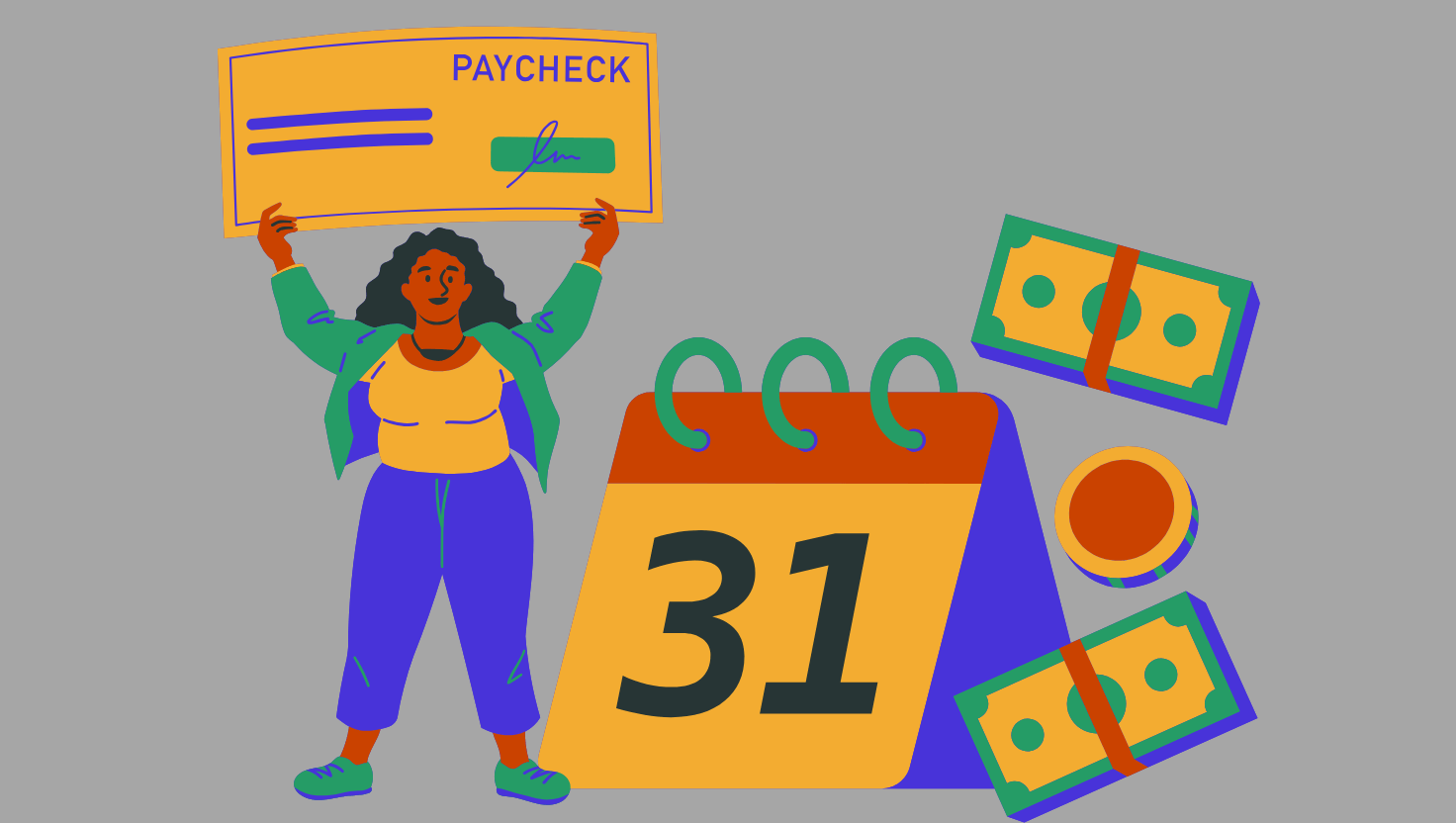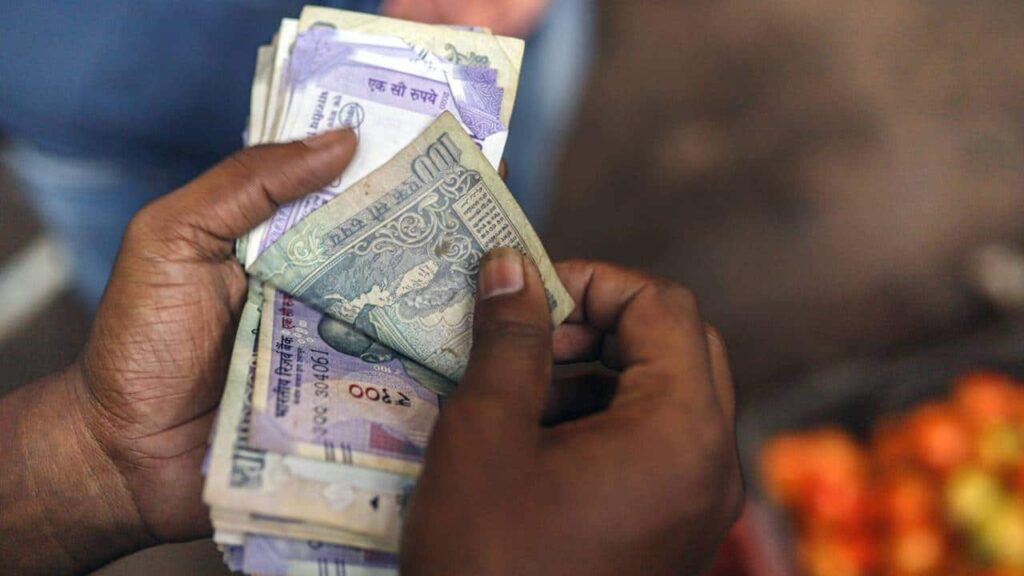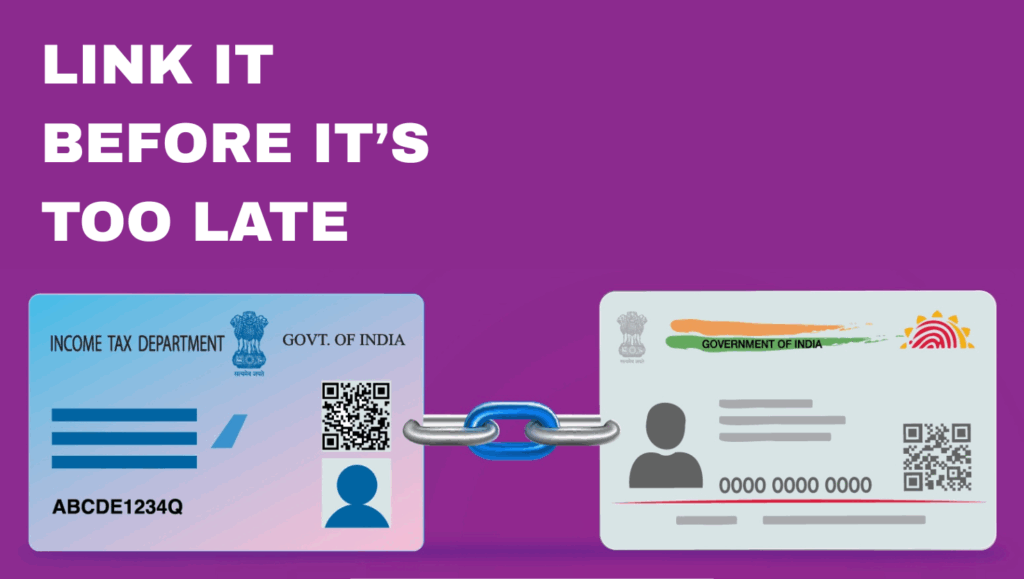
Is Rs 46,000 enough at 33 in 2025 India? Explore the thrilling balance of rent, dreams, and savings in metros like Mumbai or Tier-2 cities like Jaipur. Will this salary spark a secure future or financial strain? Unravel the emotional and financial twists, from taxes to career moves. Can you thrive or just survive? Dive in to uncover the secrets of making Rs 46,000 work!
You’re 33, living in a bustling Indian city, with a monthly salary of Rs 46,000. It’s a figure that sounds decent, but is it enough to thrive in 2025’s fast-paced, inflation-driven India? Can it fuel your dreams, cover your expenses, and leave room for savings—or does it leave you teetering on the edge of financial stress? Let’s dive into this suspenseful journey of balancing life, aspirations, and finances on a Rs 46,000 monthly salary in India, uncovering the realities, challenges, and opportunities with the latest 2025 data.
The Big Question: Is Rs 46,000 a Good Salary?
At 33, you’re likely at a pivotal stage—perhaps married, planning a family, or aiming for career growth. But where does Rs 46,000 fit in the grand scheme of India’s economic landscape? According to Glassdoor, the average monthly salary in India in 2025 ranges from Rs 8,000 to Rs 1,43,000, with a national average of Rs 32,000 per month. At Rs 46,000, you’re earning above the national average, placing you in a relatively comfortable bracket. But here’s the catch: “comfortable” depends heavily on where you live, your lifestyle, and your financial goals.
Let’s break it down with a sense of curiosity: Is this salary a golden ticket to a secure life, or does it leave you scrambling to make ends meet? Let’s explore the numbers, emotions, and strategies behind living on Rs 46,000 at 33.
The Cost of Living: Metro vs. Tier-2 Cities
Your experience with Rs 46,000 hinges on geography. In a metro city like Mumbai or Bangalore, where rent for a 1BHK can range from Rs 20,000 to Rs 35,000, this salary might feel like a tightrope walk. In contrast, in a Tier-2 city like Lucknow or Jaipur, where rent might be Rs 10,000–15,000, the same salary stretches further, offering a more relaxed lifestyle.
Metro City Breakdown (e.g., Mumbai)
- Rent (1BHK): Rs 25,000
- Utilities (electricity, water, internet): Rs 3,000
- Groceries and household essentials: Rs 6,000
- Transport (public or fuel): Rs 3,000
- Miscellaneous (eating out, entertainment): Rs 4,000
- Total: Rs 41,000
This leaves just Rs 5,000 for savings, investments, or emergencies—barely enough for big dreams like buying a home or funding a child’s education. In Mumbai, Rs 46,000 might feel like just scraping by, especially if you’re supporting a family or repaying loans.
Tier-2 City Breakdown (e.g., Jaipur)
- Rent (1BHK): Rs 12,000
- Utilities: Rs 2,500
- Groceries: Rs 5,000
- Transport: Rs 2,000
- Miscellaneous: Rs 3,500
- Total: Rs 25,000
Here, you’re left with Rs 21,000 for savings, investments, or discretionary spending. This surplus could fund a Systematic Investment Plan (SIP), a vacation, or even a down payment on a car. The difference is stark, isn’t it? But what does this mean for your day-to-day life at 33?
The Emotional Rollercoaster: Expectations vs. Reality
At 33, societal pressures in India can weigh heavily. You might feel the clock ticking—pressure to settle down, own a home, or climb the corporate ladder. A Rs 46,000 salary might spark mixed emotions:
- Pride: You’re earning above the national average, a testament to your hard work.
- Anxiety: Peers in IT or finance might earn Rs 1–3 lakh per month, making your salary feel modest.
- Hope: With smart financial planning, you can still achieve milestones like marriage or homeownership.
Social media doesn’t help. Scrolling through Instagram, you see friends vacationing in Goa or buying SUVs, fueling a sense of “keeping up.” But here’s a twist: a 2025 Reddit thread reveals that many earning Rs 30,000–50,000 in metro cities live comfortably by prioritizing needs over wants. One user shared, “I earn Rs 33,000 in NCR and live comfortably by cooking at home and avoiding takeout.”
The Tax Angle: How Much Do You Really Take Home?
Before we go further, let’s talk taxes. In 2025, India’s new tax regime offers a standard deduction of Rs 75,000 and no tax on income up to Rs 12 lakh due to a Rs 60,000 rebate. For a Rs 46,000 monthly salary (Rs 5,52,000 annually), your tax liability is minimal:
- Gross Salary: Rs 5,52,000
- Standard Deduction: Rs 75,000
- Taxable Income: Rs 4,77,000
- Tax (New Regime): Rs 12,500 (rebated to zero under Section 87A)
You take home nearly the full Rs 46,000, minus minor deductions like provident fund (PF) contributions (around Rs 3,000–4,000). This means your in-hand salary is roughly Rs 42,000–43,000. Not bad, but enough to live your dream life? Let’s find out.
Lifestyle Choices: Frugal or Flashy?
Your lifestyle defines how far Rs 46,000 stretches. Let’s paint two scenarios at 33:
- The Frugal Planner:
- Lives in a Tier-2 city, rents a modest apartment, cooks at home, and uses public transport.
- Monthly expenses: Rs 25,000.
- Savings: Rs 18,000–20,000, invested in SIPs or fixed deposits for future goals like a home down payment.
- The Urban Dreamer:
- Lives in a metro, dines out often, subscribes to OTT platforms, and owns a bike.
- Monthly expenses: Rs 40,000.
- Savings: Rs 2,000–3,000, barely enough for emergencies.
The frugal planner might feel secure but miss out on experiences, while the urban dreamer enjoys life but risks financial instability. Which are you? Or is there a middle path?
Career Context: Where Does Rs 46,000 Fit?
At 33, your salary reflects your industry, experience, and location. Here’s how Rs 46,000 stacks up in 2025:
- IT/Software: Entry-level software engineers earn Rs 48,000–90,000 monthly with 3–5 years of experience. At Rs 46,000, you’re likely in a junior role or a smaller firm.
- Banking/Finance: Entry-level roles pay Rs 25,000–50,000. Rs 46,000 is competitive for a branch executive or analyst.
- Government Jobs: Central government jobs for 30–35-year-olds offer Rs 25,000–1,50,000. Rs 46,000 aligns with mid-level roles like clerks or junior officers.
- Blogging/Content Creation: A beginner blogger earns Rs 20,000–50,000, while experienced ones can hit Rs 2,50,000. Rs 46,000 is a solid start for a niche blogger.
If you’re earning Rs 46,000 in a high-paying sector like IT, you might feel underpaid compared to peers. But in government or creative fields, it’s a respectable income. Curious about how to boost this salary? Keep reading.
Financial Planning: Making Rs 46,000 Work
At 33, financial discipline is key. With India’s 9.5% projected salary growth in 2025, your Rs 46,000 could rise to Rs 50,000 soon, especially in tech or finance. But how do you maximize it now?
Budgeting Like a Pro
Use the 50/30/20 rule:
- 50% Needs: Rs 23,000 (rent, groceries, utilities).
- 30% Wants: Rs 13,800 (dining, entertainment, hobbies).
- 20% Savings/Debt: Rs 9,200 (investments, emergency fund, loans).
This leaves room for enjoyment while building a safety net. A Reddit user earning Rs 45,000 shared, “I save 20% by investing in mutual funds and live comfortably in Bangalore by cutting unnecessary expenses.”
Investment Options
- Mutual Funds/SIPs: Start with Rs 5,000 monthly in equity funds for long-term wealth (10–12% returns).
- Fixed Deposits: Safe option with 6–7% returns for risk-averse savers.
- National Pension System (NPS): Tax-saving retirement plan with 8–10% returns.
Emergency Fund
Aim for 6 months’ expenses (Rs 1.5–2 lakh). Save Rs 5,000 monthly to build this in 2–3 years. This cushion protects against job loss or medical emergencies, critical at 33 when responsibilities grow.
The Gender and Age Lens
At 33, your salary might vary by gender. In 2019, urban male salaried workers earned Rs 19,194 monthly, while females earned Rs 15,031. Though the gap is narrowing, men still earn more in most sectors. If you’re a woman earning Rs 46,000, you’re likely outperforming many peers, but glass ceilings persist in traditional industries.
Age also matters. At 33, you’re likely mid-career with 8–10 years of experience. If you’re earning Rs 46,000 in a metro, you might be in a stable but not high-growth role. In contrast, peers in tech or consulting might earn double, sparking career FOMO. But don’t despair—strategic moves can bridge this gap.
The Future: Can You Upgrade Your Life?
Wondering how to turn Rs 46,000 into a springboard for a better future? Here are actionable steps:
- Upskill: Enroll in online courses (e.g., Simplilearn’s IT programs) to pivot to high-paying roles like data analytics (Rs 15 lakh annually).
- Side Hustles: Blogging or freelancing can add Rs 20,000–50,000 monthly. A 2025 report notes bloggers earning Rs 50,000+ with strong SEO and niche content.
- Relocate: Move to a Tier-2 city to cut costs, or chase higher salaries in metros if you upskill.
- Negotiate: With 9% salary hikes projected for 2025, negotiate raises or switch jobs for a 20–30% bump.
The Verdict: Thriving or Surviving?
So, what’s it like living on Rs 46,000 at 33 in India? It’s a mixed bag—comfortable in smaller cities, challenging in metros. It’s above the national average, offering stability but not luxury. With smart budgeting, investments, and career moves, it’s a foundation for growth. But without discipline, it can feel like a treadmill—running hard but going nowhere.
The suspense lies in your hands. Will you stretch Rs 46,000 to build wealth, or let it slip through lifestyle inflation? The choice is yours, but the clock is ticking at 33. What’s your next move?
































